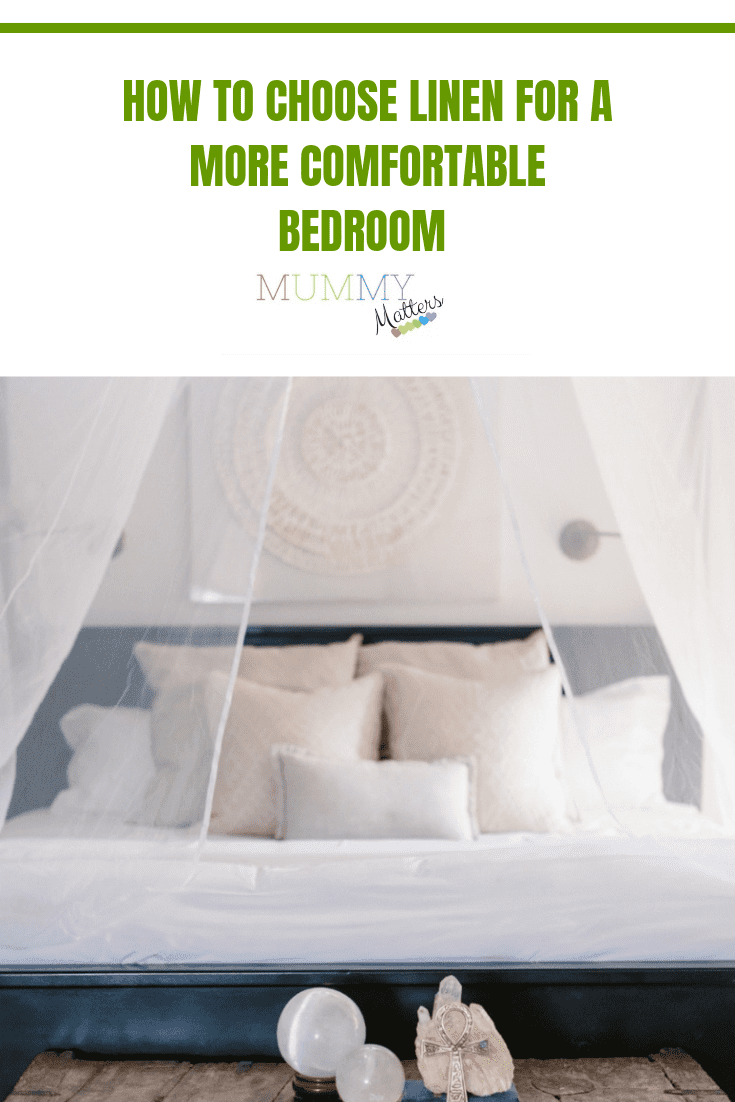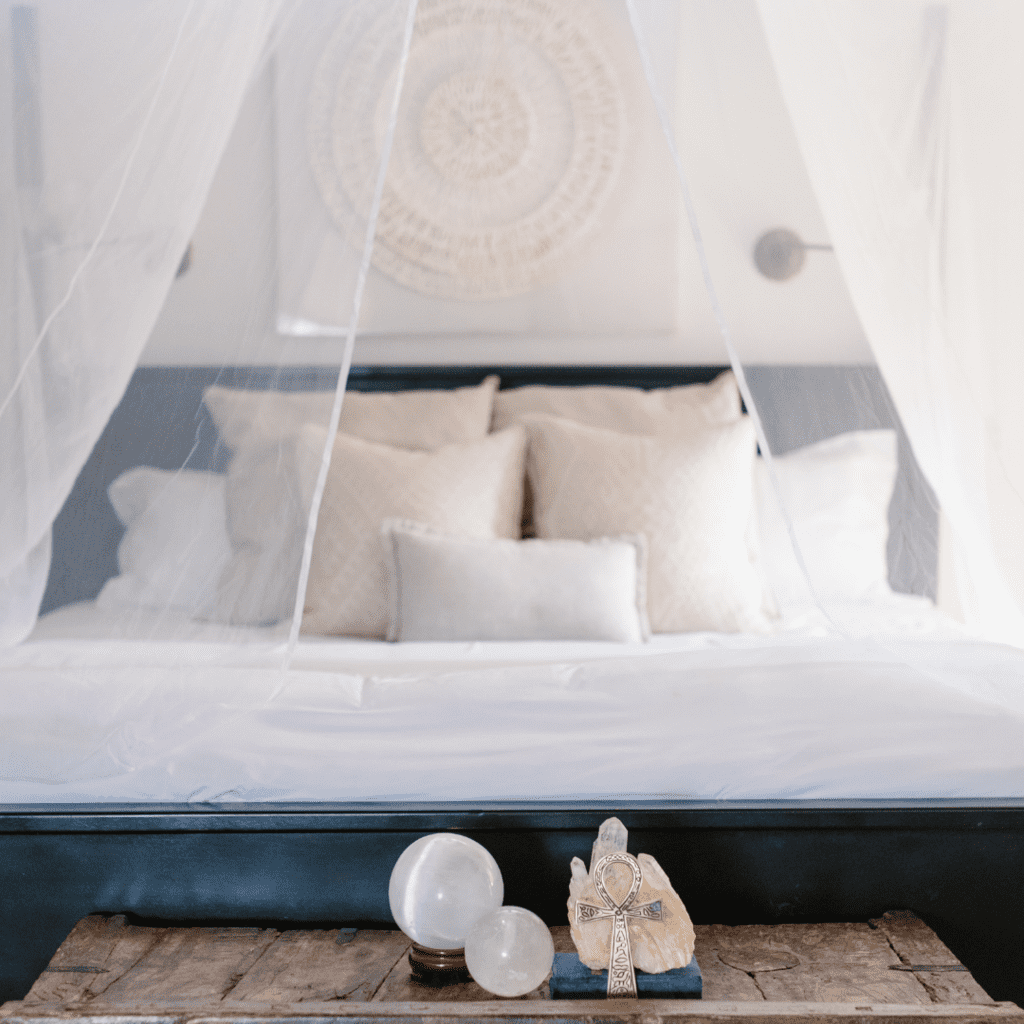Walking into your bedroom and seeing a beautifully made bed sets the vibe while sinking into deliciously comfy sheets completes it. With the right linen wrapped around your mattress, you’re all set for a night of pure relaxation and deep, restorative sleep. Finding the best sheets can be a bit hit-and-miss, so here are some surefire tips for sifting through the options and discovering what works for you.
Feel your way around
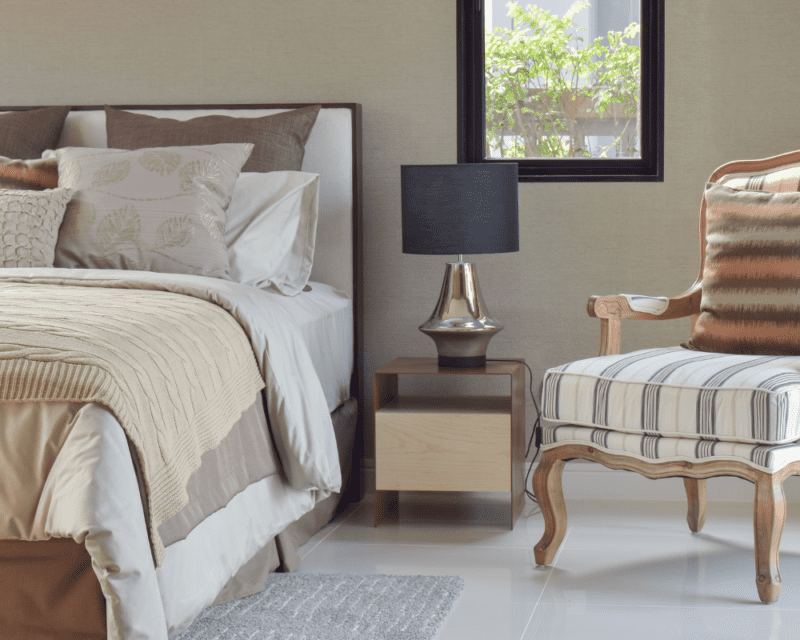
What kind of vibe are you going for? Cool and crisp cotton, snuggly and relaxed flax linen, silky smooth bamboo – options abound, and it comes down to personal preference. There are two factors to consider: the material used to make the sheets (including natural and synthetic fibres) and how the fibres are woven together. These factors will influence softness, durability, breathability, ease of cleaning and care, and suitability for conditions such as asthma, eczema and allergies.
Natural vs synthetic
Sheets made from natural materials tend to be more breathable, durable and sustainable. They might be more expensive, but they’re worth the splurge on how long they last and their benefits! Natural fibres commonly used for bedding include:
- Cotton: combining softness and strength, the best quality cotton comes from Egypt, with US-produced Prima cotton a good second choice.
- Bamboo: breathable and moisture-wicking, bamboo gives a silky effect without being slippery to the touch.
- Flax linen: the more sustainable and minimally processed option, linen enjoys the benefits of other natural fibres while growing softer with every wash and outlasting many other materials.
Synthetic fibres are cheaper and more resistant to wrinkles and staining but are less breathable and can lead to a hot and sweaty sleep. Most synthetic bed sheets are made from polyester, manufactured from petroleum byproducts. They come in a wide range of colours, patterns and prints to suit any bedroom colour palette.
Which weave works for you?
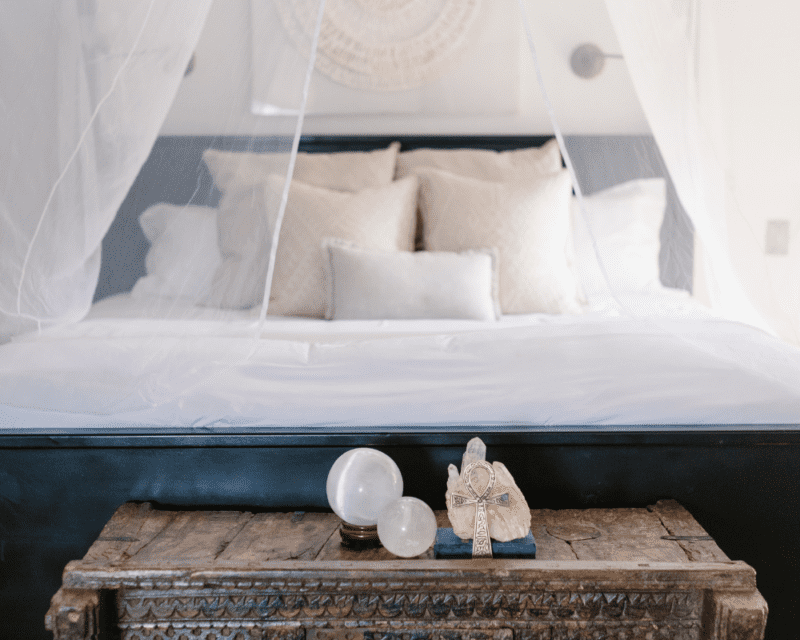
Without getting too far into the nitty gritty of how fibres are woven together to create fabrics, here is a rundown of the most popular choices for bed sheets.
Percale
The most common type of weave used for bed sheets, percale, uses a criss-cross pattern with equal numbers of fibres going in each direction. A great all-rounder, it is typically durable and breathable, suitable for various climates. However, it can lack a little in the softness department, so look for a high-quality sheet with a good thread count for a better sleep experience.
Sateen
Using the same weave pattern as satin but with shorter fibres (for example, cotton, which is shorter than silk), it similarly achieves a luxuriously soft, shiny finish. It can be more prone to catching on to things and pilling.
Twill
Featuring a diagonal weave, twill is known for being extremely durable, resisting wrinkles like a superhero, and draping nicely across your bed. Look for a good quality twill manufactured for softness, or you might be in for a rough night.
Jersey
Technically a knit rather than a weave, jersey fabric is the same stuff used to make T-shirts and is often cotton and synthetic blend. It is super soft and comfortable and great to snuggle into over the cooler months, but it can lead to overheating in summer as it is less breathable than cotton or linen.
Thread count – is it important?
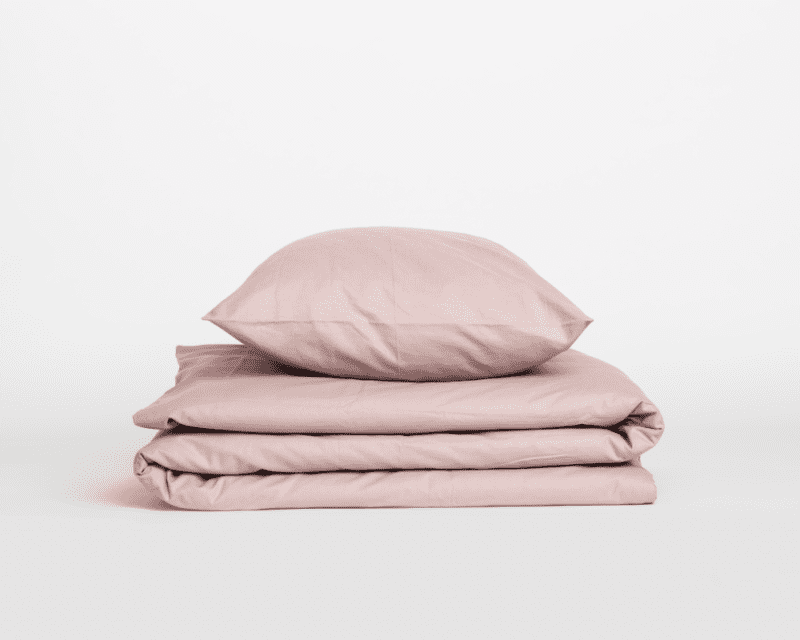
Thread count was a straightforward case of ‘more is better’. These days, however, you need to be a little savvier when deciding what bed linen to buy. Referring to the number of threads woven into an inch-square area, the idea is the more threads, the smoother and softer the resulting fabric will feel.
So, when is a thread count not all it’s cracked up to be? While a decent set of sheets will tend to have a thread count of around 200-500, many products today boast counts as high as 1,000 or more. How do they achieve this? Rather than using single strands of fibre, they twist together several thinner strands into double or multiple-ply strands while counting each ply as a separate ‘thread’. These multi-ply threads are less durable and prone to pilling and wear while failing to deliver noticeable benefits over fabrics using single-ply threads.
Flax linen bed sheets don’t typically have a thread count listed, as it is not a useful quality indicator. This is because flax fibres are thicker than cotton and other types, so fewer are needed to achieve the same effect.
Mix and match
Finally, look for colours and patterns that suit your bedroom design. White sheets are the most versatile option, pairing with any bedroom style. Toned-down neutrals like warm grey, dusty rose and clay bring an earthy vibe to a boho or relaxed contemporary room. Fresh, bright colours and prints can accent an eclectic, modern design. At the end of the day, it comes down to what makes you feel great when you hop into bed.
